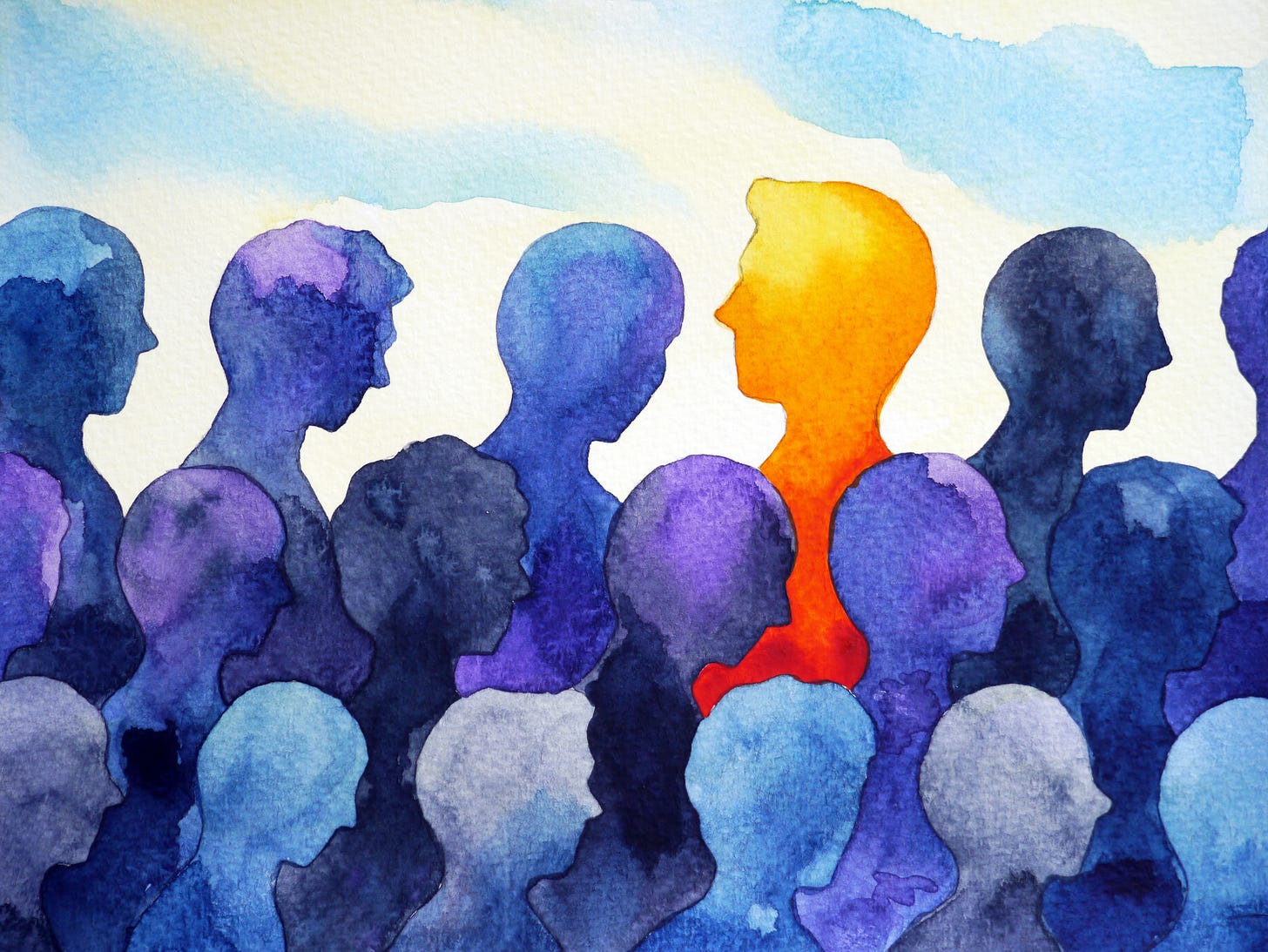It can be challenging to find a connection between the end of one parashah and the beginning of the next one. I therefore found it interesting that Pinchas in fact is introduced at the end of the previous parashah - Balak. Similarly, we find that Noach is introduced at the end of parashas Bereishis.
We do not find that Yisro is introduced at the end of …
Keep reading with a 7-day free trial
Subscribe to Shui’s Newsletter to keep reading this post and get 7 days of free access to the full post archives.





